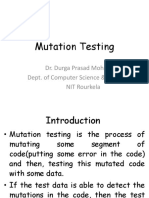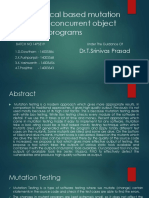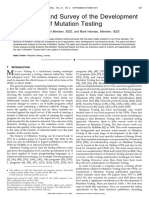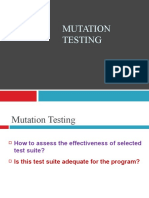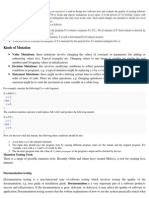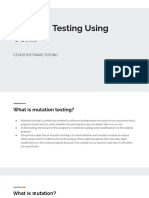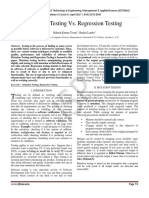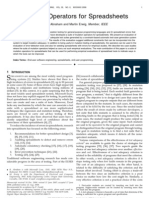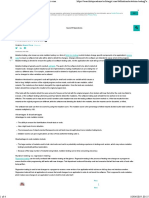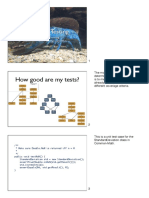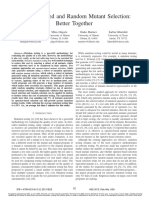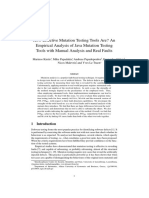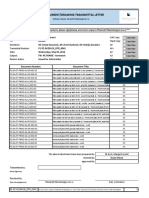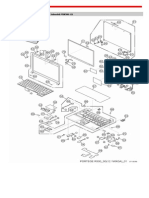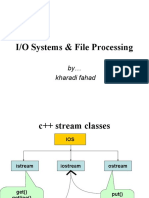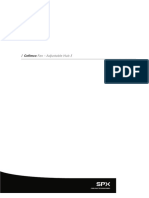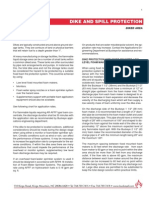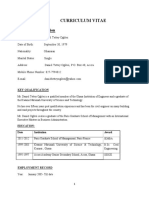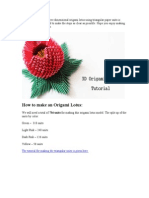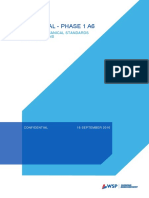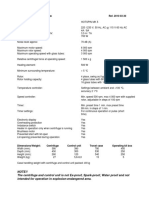0% found this document useful (0 votes)
26 views33 pagesMutation Testing
The document discusses mutation testing, a white-box testing technique that involves introducing faults into code to evaluate the effectiveness of test data. It outlines various methodologies, the process of creating and testing mutants, and the underlying hypotheses supporting mutation testing. Additionally, it highlights the advantages and disadvantages of the technique, including the challenges posed by equivalent mutants and the computational expense of generating numerous mutants.
Uploaded by
Rahul DasCopyright
© © All Rights Reserved
We take content rights seriously. If you suspect this is your content, claim it here.
Available Formats
Download as PPTX, PDF, TXT or read online on Scribd
0% found this document useful (0 votes)
26 views33 pagesMutation Testing
The document discusses mutation testing, a white-box testing technique that involves introducing faults into code to evaluate the effectiveness of test data. It outlines various methodologies, the process of creating and testing mutants, and the underlying hypotheses supporting mutation testing. Additionally, it highlights the advantages and disadvantages of the technique, including the challenges posed by equivalent mutants and the computational expense of generating numerous mutants.
Uploaded by
Rahul DasCopyright
© © All Rights Reserved
We take content rights seriously. If you suspect this is your content, claim it here.
Available Formats
Download as PPTX, PDF, TXT or read online on Scribd
/ 33
